To say that coffee is a religion in modern times would be an understatement. One of the most consumed beverages in the world, coffee holds quite an important place in our pop culture as well, and justifiably so. To celebrate the bean, the International Coffee Organisation in 2015, first observed the International Coffee Day in Milan. Each year, on the 1st of October, coffee lovers come together to cherish their favourite beverage. Many events are also organised across the world, which not only increase awareness about the increasing challenges faced by coffee farmers but also encourage better coffee growing and consumption practices.
History of coffee
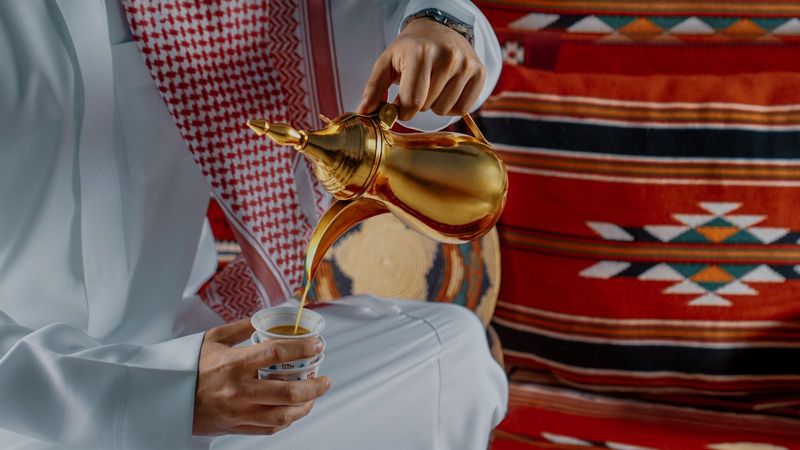
The legend of how coffee was first discovered is wild, literally, and figuratively! It is believed, that an Ethiopian herder once noticed his herd acting too jumpy and excited after munching on a berry plant. He, too, tried the berries and felt energised and slightly more alert. Kaldi, as he was called, decided to take it to the local monks. The monks blamed the effects of the berries on the devil, and threw them into the fire to destroy them, but unintentionally ended up roasting them.
Realising that there was more to the berries than what it looked like, monks then placed the said roasted berries in hot water to preserve them. When they drank this concoction, the monks realised that it kept them alert and awake, helping in their nightly prayers. This quickly made coffee popular, and it was believed that from here, the beans travelled to the Arabian peninsula, which for the longest time the only producer of coffee.
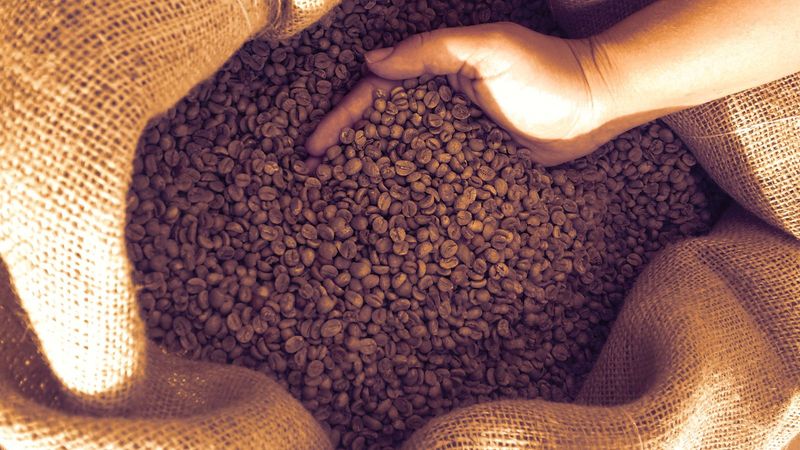
The history of coffee doesn’t end here. How did it spread to so many places across the world, you ask? A bit of sneaking around, and a whole lot of colonisation. In the Middle Ages, the Arabian Peninsula had a complete monopoly over the coffee trade in the entire world. In India, coffee was brought in sneakily by Baba Budan, in 1600. He was a Muslim pilgrim who hid a few beans in his beard and smuggled them in. These beans were planted in the western ghats in Karnataka, close to present-day Chikmagalur. The hill is in fact named Baba Budangiri and is one of the first places outside the Middle East where coffee was grown. In many other parts of the world, which now are major producers of coffee, the beans were introduced by the European settlers.
Major producers of coffee
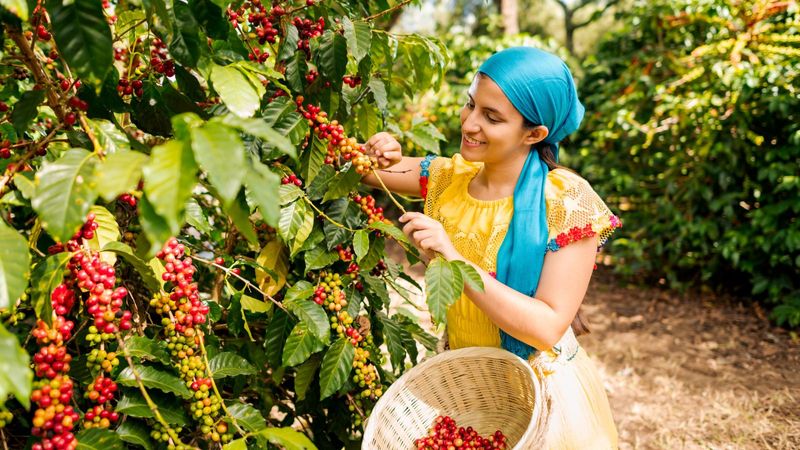
While it started from the Arabian Peninsula, coffee ended up being a major crop in a lot of countries eventually. Currently, Brazil is the biggest producer of coffee in the world, followed closely by Vietnam and Columbia. While Brazil grows both Arabica and Robusta beans, Vietnam is majorly Robusta, and Columbia is almost exclusively Arabica.
India comes in 8th place here, with coffee plantations in the Western Ghats regions like Kerala, Tamil Nadu, and Karnataka, and very little produce in Chikhaldara, Maharashtra.
Arabica vs Robusta

Whether you opt for instant coffee for that instant kick, or are a coffee connoisseur who needs their coffee a very specific way, we are sure you’ve heard the words Arabica and Robusta. They refer to the types of beans of coffee, and while these two happen to be the most well-known, they aren’t the only ones.
Arabica is the OG. The beans that made their way around the world from Ethiopia were Arabica. Sweet, delicate, and lighter than others, Arabica is grown at a higher level and is much harder to maintain. While it is much prized and widely grown, Arabica beans are very prone to coffee rust disease which ruins entire plantations in a go.

In comparison to this, Robusta, which is more of a sub-Saharan type, is quite resistant to insects and diseases, thanks to its extremely high caffeine content. Grown predominantly in Africa and Indonesia, Robusta beans are much larger and have sharper, stronger, bitter taste. Then come Liberica and a subvariety called Excelsa. Liberica was discovered much later, and has a smoky, nutty flavour profile. It comes from Western Africa and is grown much lesser in comparison to the other two. It is also believed to have a rather polarizing taste. Either you like it, or you don’t, there’s no in-between.
From the bean to your cup
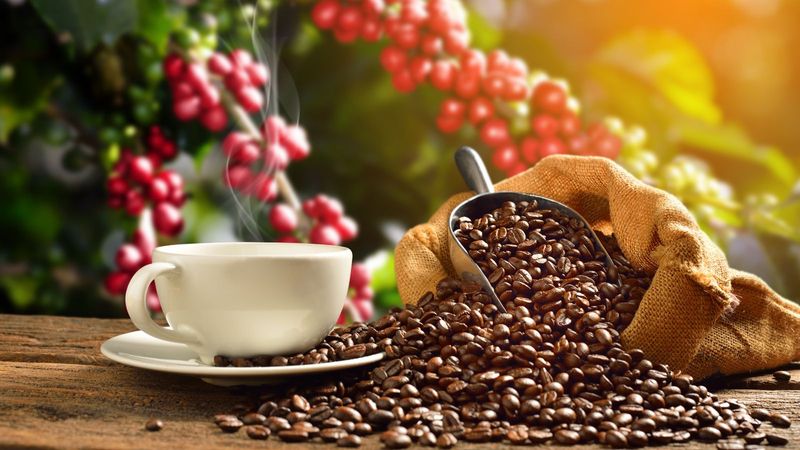
How the coffee bean, which is technically a fruit, makes its way to your cup is quite an interesting process. The plants bear fruits after 3-4 years of being planted. These fruits or berries are harvested once they’re ripe and processed. In countries with limited water resources, this processing is often dry, with the beans being sundried for upto several weeks. The other method is wet processing, where the fleshy part is gotten rid of, with water. What’s left is simply the bean/seed with parchment skin left on. Either way, they are dried to the point that they’ve 11% moisture left.
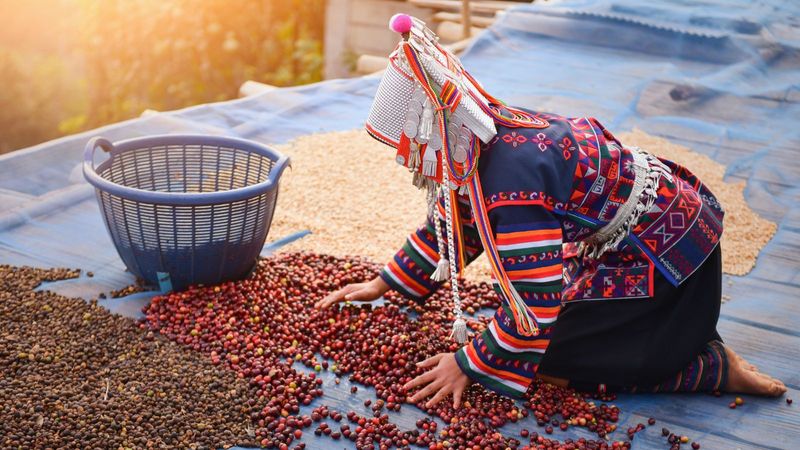
Post this, coffee beans are hulled i.e. the parchment skin is removed, and then they get polished and sorted according to weight. These beans are then exported. When they get to their destination, they are tasted. This offers a better understanding of what combinations would be great in terms of a blend, among other things. Post this, coffee beans are roasted, either a processing facilities or in-house. They’re then ground, and brewed, so that you could have your perfect cuppa.
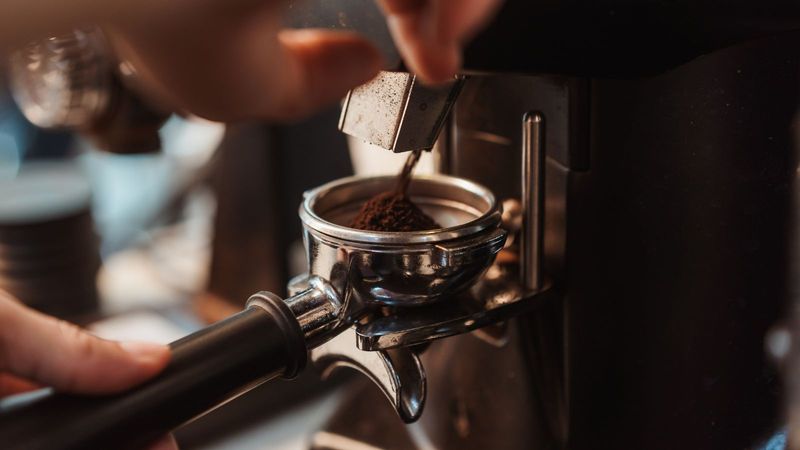
There are multiple stakeholders in each step of this process, and depending on how invested you are in the process, you can customise a lot of things. From exploring artisanal brands for your instant cup to planning a coffee-tasting outing at top roasteries, there’s so much to explore when it comes to finding your perfect cup. If you have gotten past this stage, and are feeling confident, you can also start brewing your own cup with coffee tools at home. On the fancier end, you can also explore the variety of coffee makers that have made their way into the market with more and more people experimenting with their coffees. So whether it is an amazing cold brew, or coffee cocktails to entertain your guests, this World Coffee Day, go all out and soak in all the goodness this miracle bean offers.




